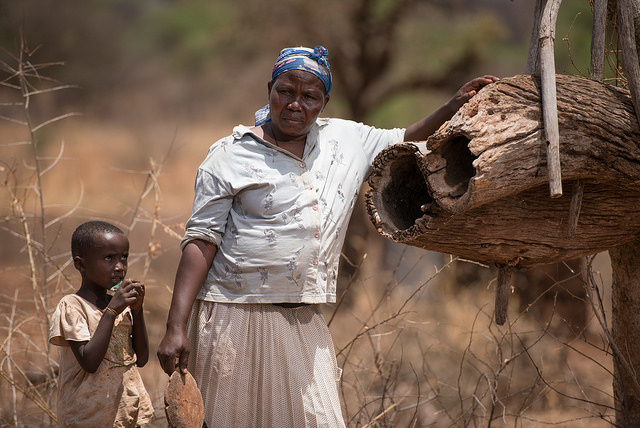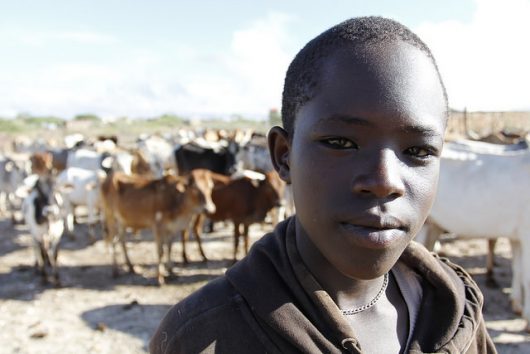
Among all the good in the world, and all the progress being made in global issues, there is still much more to be done. Given the overwhelming disasters that nations, including the U.S., have been or still are going through, it is important to be aware of the most pressing global issues.
Top 10 Current Global Issues
- Climate Change
The global temperatures are rising, and are estimated to increase from 2.6 degrees Celsius to 4.8 degrees Celsius by 2100. This would cause more severe weather, crises with food and resources and the spread of diseases. The reduction of greenhouse emissions and the spreading of education on the importance of going green can help make a big difference. Lobbying governments and discussing policies to reduce carbon emissions and encouraging reforestation is an effective way of making progress with climate change. - Pollution
Pollution is one of the most difficult global issues to combat, as the umbrella term refers to ocean litter, pesticides and fertilizers, air, light and noise pollution. Clean water is essential for humans and animals, but more than one billion people don’t have access to clean water due to pollution from toxic substances, sewage or industrial waste. It is of the utmost importance that people all over the world begin working to minimize the various types of pollution, in order to better the health of the planet and all those living on it. - Violence
Violence can be found in the social, cultural and economic aspects of the world. Whether it is conflict that has broken out in a city, hatred targeted at a certain group of people or sexual harassment occurring on the street, violence is a preventable problem that has been an issue for longer than necessary. With continued work on behalf of the governments of all nations, as well as the individual citizens, the issue can be addressed and reduced. - Security and Well Being
The U.N. is a perfect example of preventing the lack of security and well being that is a serious global issue. Through its efforts with regional organizations and representatives that are skilled in security, the U.N. is working toward increasing the well being of people throughout the world. - Lack of Education
More than 72 million children throughout the globe that are of the age to be in primary education are not enrolled in school. This can be attributed to inequality and marginalization as well as poverty. Fortunately, there are many organizations that work directly with the issue of education in providing the proper tools and resources to aid schools. - Unemployment
Without the necessary education and skills for employment, many people, particularly 15- to 24-year olds, struggle to find jobs and create a proper living for themselves and their families. This leads to a lack of necessary resources, such as enough food, clothing, transportation and proper living conditions. Fortunately, there are organizations throughout the world teaching people in need the skills for jobs and interviewing, helping to lift people from the vicious cycle of poverty. - Government Corruption
Corruption is a major cause of poverty considering how it affects the poor the most, eroding political and economic development, democracy and more. Corruption can be detrimental to the safety and well being of citizens living within the corrupted vicinity, and can cause an increase in violence and physical threats without as much regulation in the government. - Malnourishment & Hunger
Currently there are 795 million people who do not have enough to eat. Long-term success to ending world hunger starts with ending poverty. With fighting poverty through proper training for employment, education and the teaching of cooking and gardening skills, people who are suffering will be more likely to get jobs, earn enough money to buy food and even learn how to make their own food to save money. - Substance Abuse
The United Nations reports that, by the beginning of the 21st century, an estimated 185 million people over the age of 15 were consuming drugs globally. The drugs most commonly used are marijuana, cocaine, alcohol, amphetamine stimulants, opiates and volatile solvents. Different classes of people, both poor and rich, partake in substance abuse, and it is a persistent issue throughout the world. Petitions and projects are in progress to end the global issue of substance abuse. - Terrorism
Terrorism is an issue throughout the world that causes fear and insecurity, violence and death. Across the globe, terrorists attack innocent people, often without warning. This makes civilians feel defenseless in their everyday lives. Making national security a higher priority is key in combating terrorism, as well as promoting justice in wrongdoings to illustrate the enforcement of the law and the serious punishments for terror crimes.
With so many current global issues that require immediate attention, it is easy to get discouraged. However, the amount of progress that organizations have made in combating these problems is admirable, and the world will continue to improve in the years to come. By staying active in current events, and standing up for the health and safety of all humans, everyone is able to make a difference in changing the fate of our world.
– Chloe Turner
Photo: Flickr


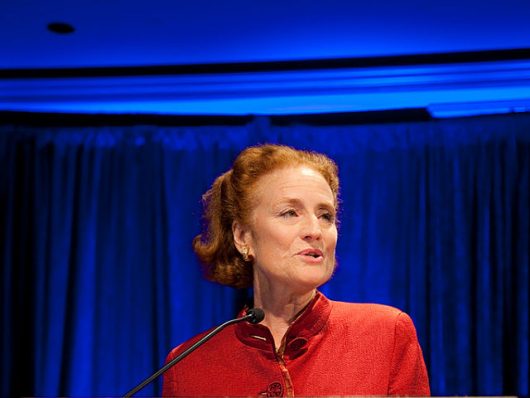
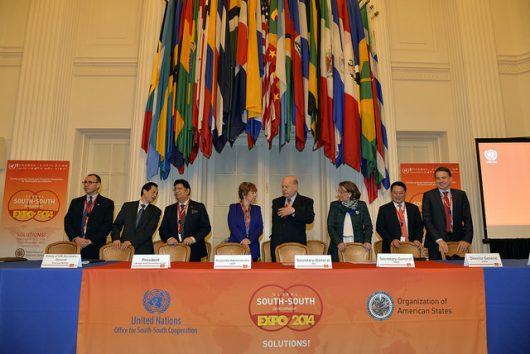

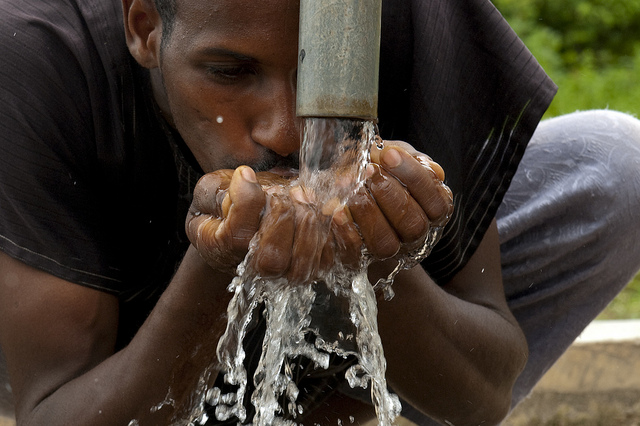 Niger is a landlocked country in Western Africa. Despite receiving aid from foreign entities, it remains one of the poorest countries in the world. These five development projects in Niger work to address several of the root problems contributing to poverty and instability in the country.
Niger is a landlocked country in Western Africa. Despite receiving aid from foreign entities, it remains one of the poorest countries in the world. These five development projects in Niger work to address several of the root problems contributing to poverty and instability in the country.
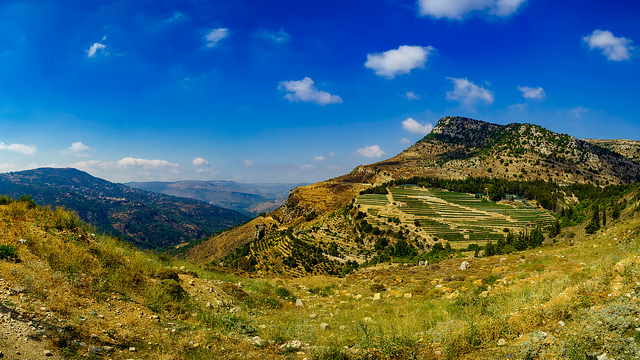 The famous concept of permaculture, developed first in 1978 by Bill Mollison and David Holmgren, has recently been integrated into the Lebanese agricultural system, particularly in the rural areas of the country.
The famous concept of permaculture, developed first in 1978 by Bill Mollison and David Holmgren, has recently been integrated into the Lebanese agricultural system, particularly in the rural areas of the country. 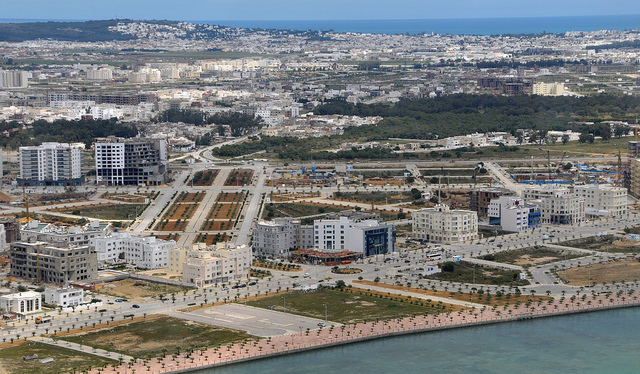 Credit access in
Credit access in 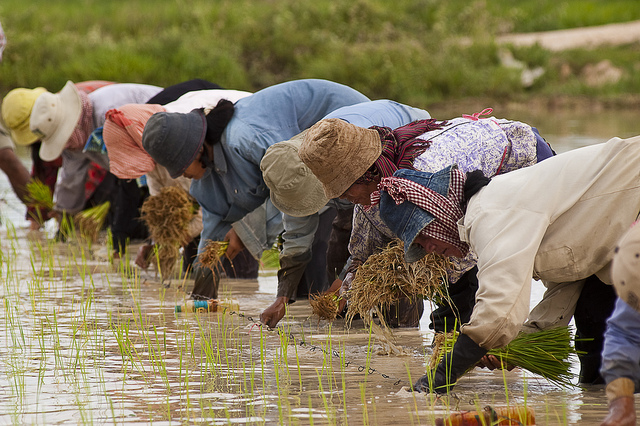 From 2004-2012,
From 2004-2012, 